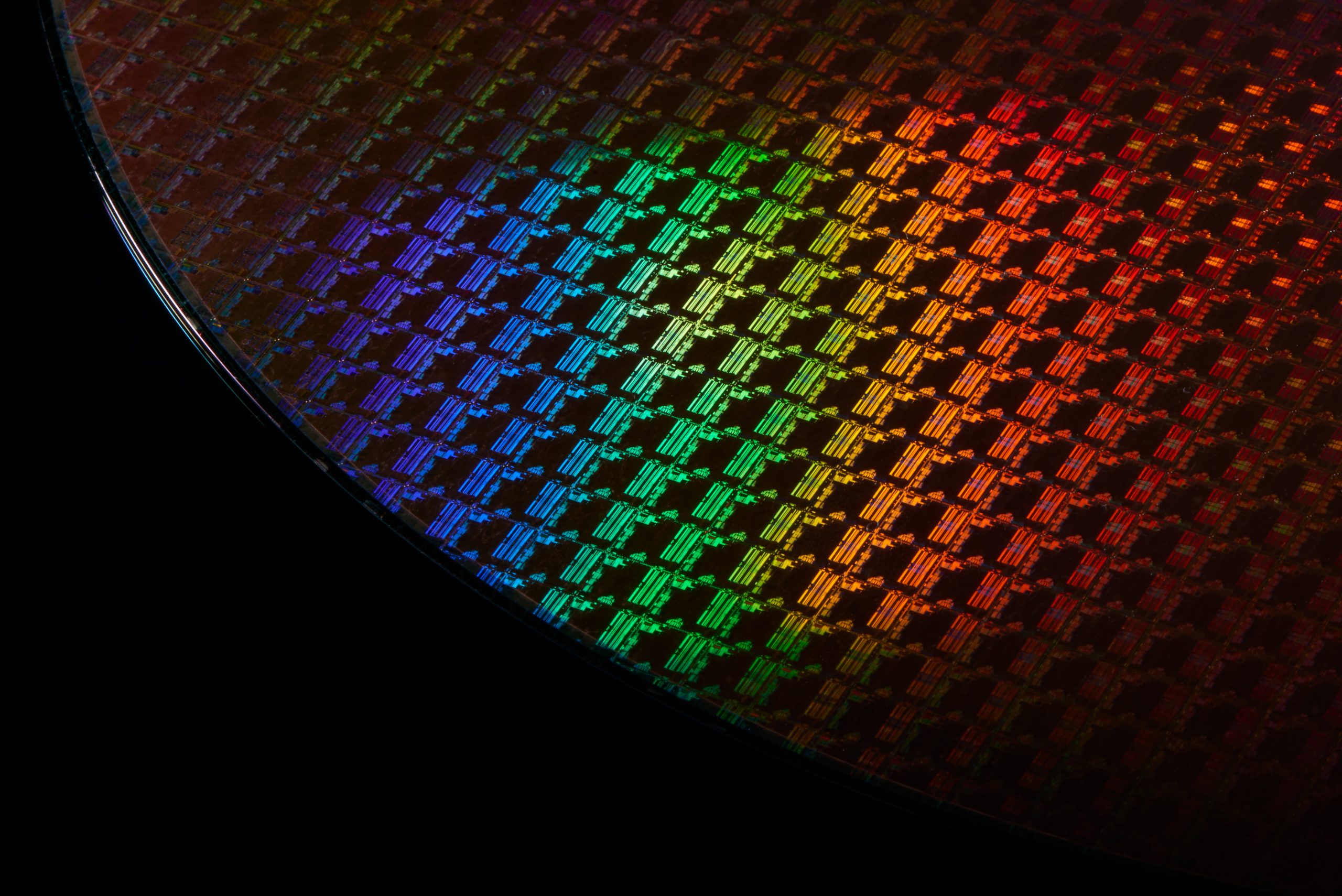
Do Funded Traders Pay for Profits or Splits?
Ever wondered how the world of prop trading actually works behind the scenes? Whether you’re considering diving into funded trading or just curious about the industry’s inner mechanics, one question keeps popping up: do funded traders pay for their profits or do they take a split? The answer isn’t as straightforward as it might seem, and understanding it could change how you see opportunities in this fast-growing financial arena.
Imagine this — you’re a talented trader, consistently making profitable moves but lacking the capital to scale up. Prop trading firms step in, offering you leverage, training, and a platform to grow. Now, the big question: how do these firms reward traders? Is it a simple fee for playing, or do traders take home a cut of their profits? Let’s break down what’s going on under the hood, explore the different models, and see what’s coming next for prop trading.
How Do Funded Traders Usually Get Paid?
The core of the matter revolves around profit sharing. Most prop firms aren’t just handing over cash for free; they operate a split model. What does that mean? Typically, traders keep a percentage — often ranging from 50% to 80% of their net profits — with the rest going to the firm as a fee for access to capital, training, and infrastructure.
For example, a trader might generate $10,000 in profits during a month. If the profit split is 70/30 in favor of the trader, they walk away with $7,000, and the firm takes $3,000. Of course, many firms also have performance targets and risk controls, meaning traders need to meet certain criteria before they’re eligible for profit sharing, or risk losing access altogether.
Now, some firms add a twist — a “fee” component in the form of a monthly or per-trade fee, which is deducted regardless of profit outcomes. But the most common structure remains a split of profits, aligning incentives and motivating traders to perform well.
Why Do Profit Splits Matter?
That split isn’t just about how much money changes hands — it shapes the industry’s very core. When traders receive a larger share of profits, it incentivizes better performance and risk management. Conversely, firms look for a fair balance that ensures they can cover costs and support traders while remaining sustainable.
Think of it like a sport: The more you win, the more you keep — but you’re also playing on a team that provides the gear, coaching, and strategy. The split model encourages mutual growth, but it requires skilled traders who can consistently produce results.
The Evolving World of Prop Trading: Asset Diversity and Tech Innovations
Prop traders are no longer limited to just forex or stocks. The landscape is expanding into crypto, indices, options, and commodities — each with their own nuances. Crypto, in particular, has surged as a favored playground due to its high volatility and trading opportunities. Traders who master these markets can find ways to increase their share, especially if they’re confident in their strategies or using advanced tools like AI-driven analytics.
This diversification also comes with a need for robust risk management. Prop firms often impose strict rules: daily loss limits, maximum drawdowns, and trade caps. They want to protect their capital and ensure traders aren’t taking reckless risks.
In terms of advantages, traders benefit from not risking their own money upfront, gaining access to professional platforms, and benefiting from the firm’s resources and educational programs. For firms, it’s a win-win; they leverage talented traders’ skills to grow their assets under management and generate profit.
The Challenges: Decentralization and the Rise of New Trends
As decentralized finance (DeFi) matures, we see a shift towards more peer-to-peer, autonomous trading platforms. These present both opportunities and hurdles. Without a central authority, ensuring reliability and fair profit sharing becomes trickier — and that’s where blockchain-based smart contracts come into play. Funds can be allocated transparently, and profits automatically split based on pre-set conditions.
But DeFi isn’t without its risks. Security vulnerabilities, liquidity issues, and regulatory uncertainty are hurdles to widespread adoption. Meanwhile, AI-driven trading is on the rise, promising faster decision-making and more nuanced strategies. Future prop trading could see automated traders working alongside human counterparts, with profit splits dynamically adjusted based on performance metrics.
What’s Next for Prop Trading?
Looking ahead, prop trading’s future seems intertwined with technology. Intelligent algorithms powered by AI will allow traders to identify opportunities across multiple assets in real-time, reducing human error and emotion. This opens up new avenues for consistent profitability and risk control.
Meanwhile, smart contracts and blockchain could reshape how profit sharing works, making it more transparent and efficient. Traders and firms might spend less time negotiating and more on refining strategies, leading to a more fluid, global ecosystem.
One thing’s clear: profit-sharing remains at the heart of the prop trading community. When you ask whether traders pay for profits or take splits, the answer depends on the model — but increasingly, it’s about sharing the upside, not paying upfront.
In the world of prop trading, it’s not just about making money — it’s about sharing the journey. Whether you’re a trader, firm, or observer, staying ahead means understanding these evolving models and embracing the innovations that will turn trading into a more inclusive, tech-driven frontier. When it comes down to it, the best traders and firms both win when they split the profits, not the dreams.

